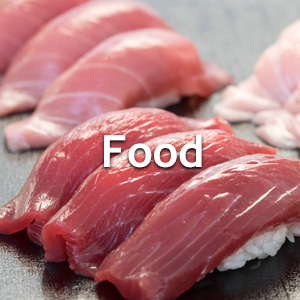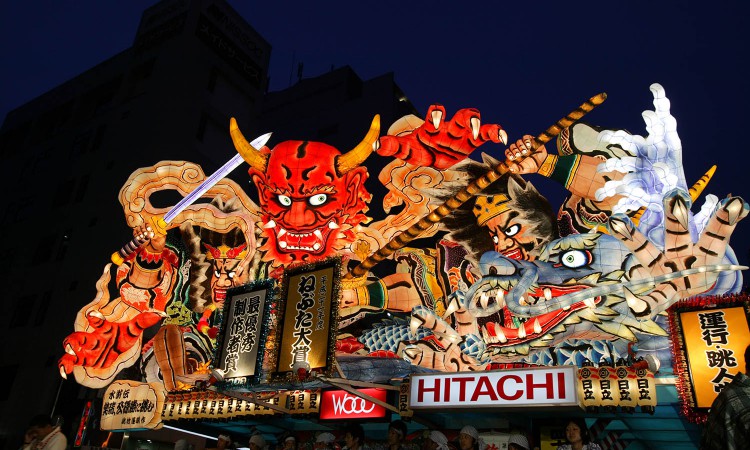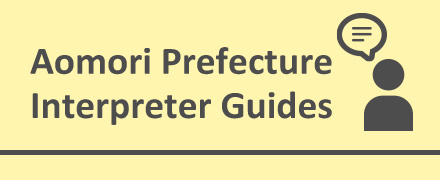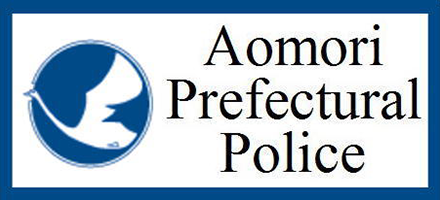
Sannai Maruyama Site is a village ruin in approximately 5,900-4,200 years ago during the prehistoric period called Jomon and is one of the largest sites among those in the period in Japan. The site is open to the public and people can visit freely year-round. English guide is also available (reservation required).
After the long-time archeological excavation, the researchers found the pit-dwelling and pillar-supported buildings, mounds, graves for adults and children, a large number of potteries and stoneware, valuable wooden tools, bone and angle products, and more.
In addition to Aomori’s Sannai Maruyama Site, there is a great number of such sites from the Jomon period in the Hokkaido and northern Tohoku regions.
To hand on those historical sites to the future, each area gives effort together for aim to be registered as a World Heritage Site in the “Jomon Prehistoric Sites in Northern Japan.” And then, it is the prospect to be registered as World Cultural Heritage during an online World Heritage Committee session in July 2021.
In Japan, an interest in Jomon culture has been growing for this several years, and then an exhibition has been held and a film was produced. Moreover, the word “Jomon Joshi” (literally meaning “Jomon Girls”), which indicates a woman who likes the Jomon culture, came up.
At the restaurant in the Sannai Maruyama Site, “Restaurant Gosennen no Hoshi (literally meaning ‘star of 5000 years’),” they have a menu named Jomon Parfait that is inspired and referenced from Jomon foods culture. It is topped with ice cream using the chestnut, which is said to have been a favorite food of the Jomon people and under it, layered like a geological formation with green-tea bavarois, whipped cream, and corn flakes. Its main feature is a cookie of clay figures.
The parfait is good taste and photogenic, when you visit, you should definitely try it.


























